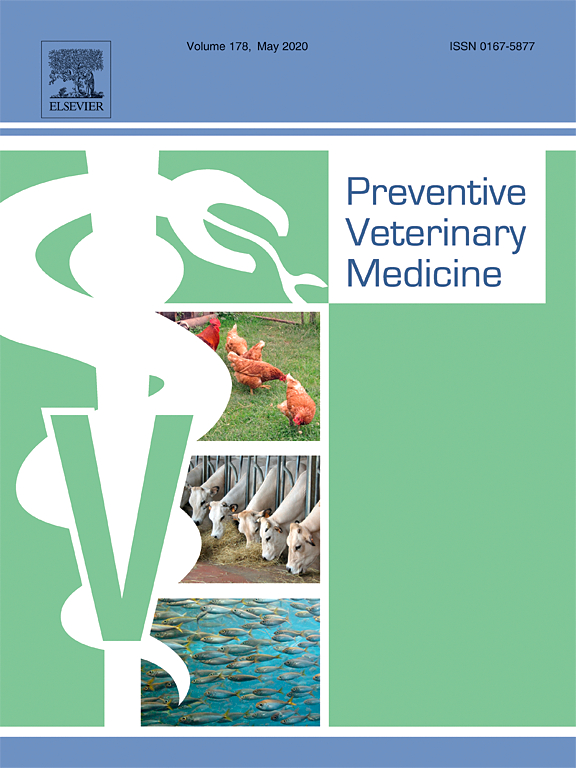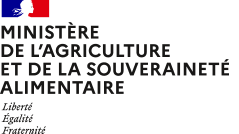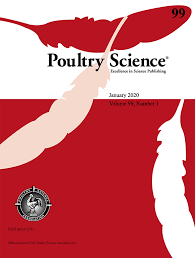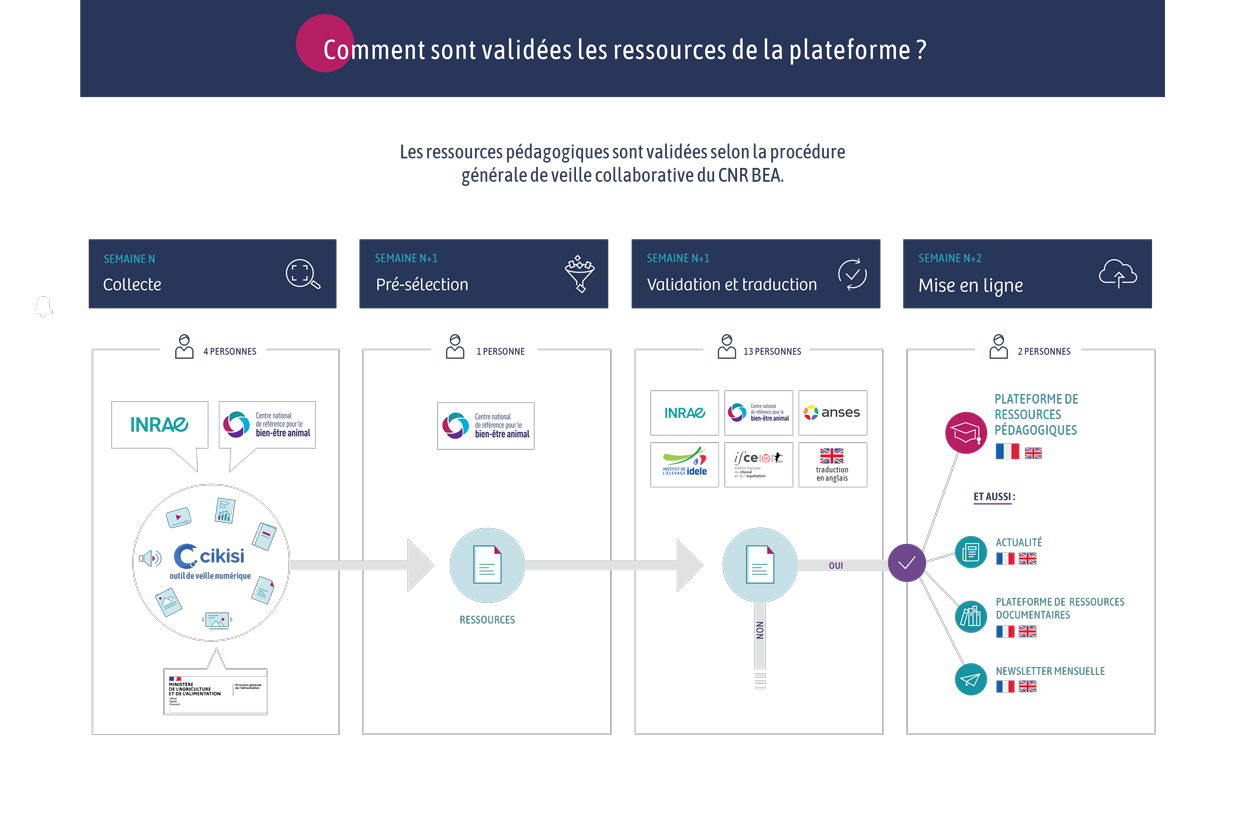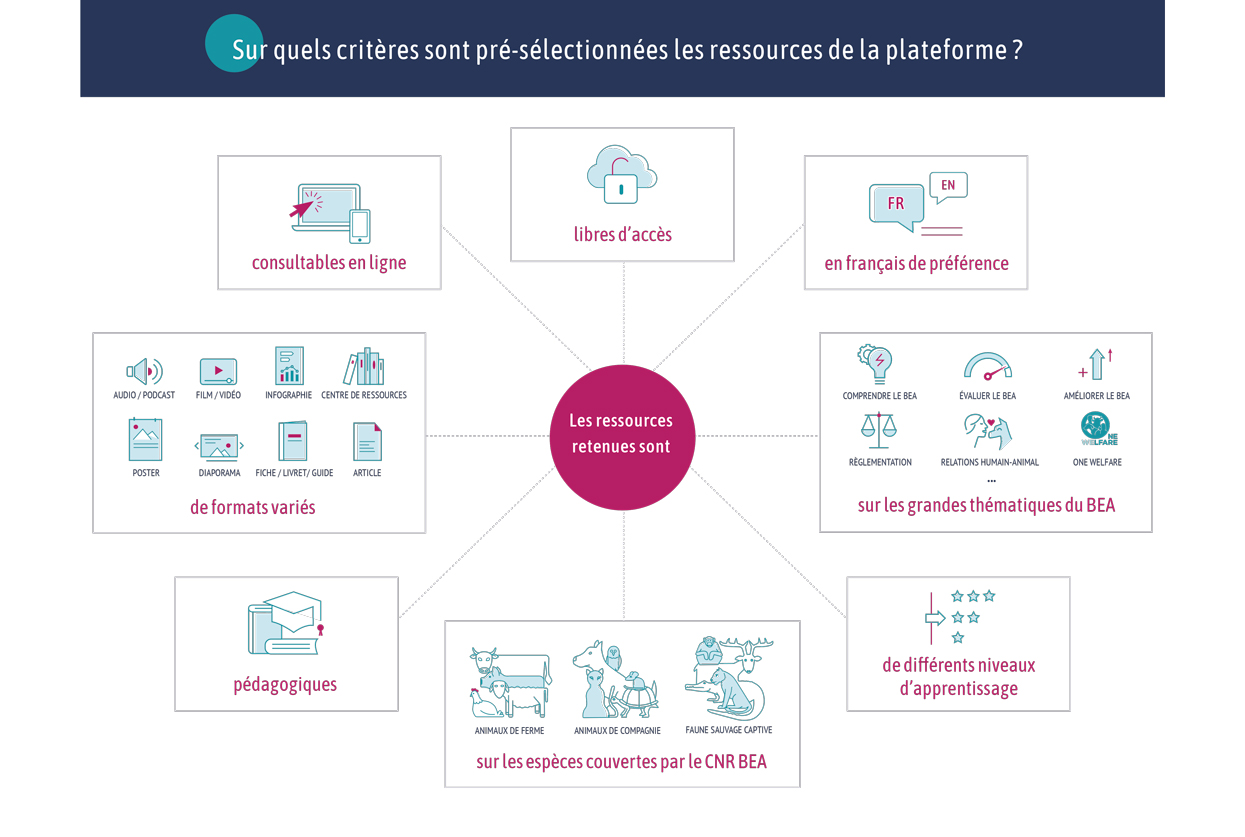Document type: Scientific article published in Preventive Veterinary Medicine
Authors: Andrea Knörr, Xiao Zhou, Angela Bearth, Beatriz Garcia-Morante, Carla Correia-Gomes, Joaquim Segalés, Thomas Echtermann, Michael Siegrist
Preiview: Tail docking is still widely used in major European pig-producing countries despite efforts to ban it. The present study aimed to understand the attitudes and beliefs of pig farming professionals in Spain and Switzerland regarding tail biting and tail docking. For this, n = 275 Swiss, and n = 87 Spanish participants completed an online questionnaire regarding the issue of tail biting and tail docking in pigs and their attitudes and beliefs. Spanish participants predominantly kept docked pigs (n = 70, 80%), whereas Swiss participants kept undocked pigs (n = 271, 99%). While tail biting occurrences in the last two years were reported by most participants (n = 301, 83 %), the attitudes towards them differed: Spanish participants found the management of tail biting more challenging than Swiss participants. In addition, Spanish participants considered welfare to be better for docked pigs than for undocked pigs, whereas Swiss participants perceived the welfare of undocked pigs to be better. Similarly, Spanish participants showed a strong perception of lower production risks for docked pigs than for undocked pigs, a perception that could not be found in Swiss participants. Overall, Swiss participants saw more advantages in keeping long-tailed pigs and more possibilities to prevent tail biting than Spanish participants. The results suggest that Spanish pig-farming professionals' attitudes towards tail docking are dominated by the conviction that docking is a necessity that lowers production risks and ensures animal welfare. Future efforts attempting to enforce the prohibition on tail docking should not only attempt to overcome structural barriers, but also focus on communicating with and changing the perceptions of pig farming professionals. By tackling the reluctance to try non-docking, producers can gain more experience and confidence with raising long-tailed pigs. To create sustainable changes in tail-docking practices, in addition to optimising the environment for pigs, communication should focus on changing attitudes and reducing risk perceptions.
